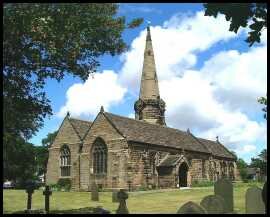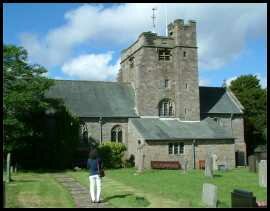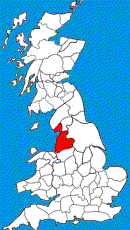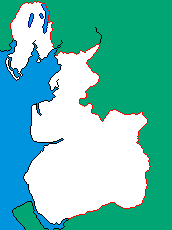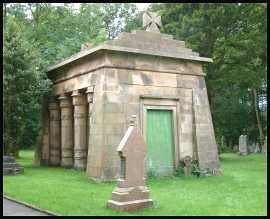|
Lancashire Churches
Step into Invitation To Prayer, a haven where you can immerse yourself in the beauty and strength of prayers.
Updated 26 January 2003 |
|
||||||||||||||||||||
|
|
|||||||||||||||||||||
|
An enthusiast's look at the architecture and history of the churches of the Red Rose County |
|||||||||||||||||||||
|
Introduction In the books about church architecture Lancashire is rarely given the place it deserves. Authors frequently follow the popular imagination, and view the county as a place of cities, towns and industries that grew up during the Industrial Revolution. Consequently Victorian architecture features heavily in their pages. Yet Lancashire is also a place of hills, plains and coast, of ancient villages and market towns. Like most counties' churches, those in Lancashire span all the periods of architectural development, from Saxon times to the present day. And, whilst it is true that some periods are better represented than others, the enthusiast in Lancashire can find local gems and national treasures throughout the county.
This website looks at a selection of churches of architectural and historic interest. They are representative of the county and, in the main, are not the more obvious choices. There is a bias to west and north Lancashire - the areas which have received least attention in the past.
The aim of the website is to foster a better understanding of what Lancashire has to offer, and to help to stimulate an interest in the study of church architecture generally. I am pleased to receive any comments or corrections. Tony Boughen
Historic Lancashire The modern county of Lancashire was devised by the local government reorganisation of 1974. "Historic Lancashire" or "Real Lancashire" has existed since the twelfth century and covers a considerably larger area. The churches in this website are drawn from historic Lancashire and can be found in Pevsner, N. (1969) The Buildings of England: North Lancashire, Penguin, and Pevsner, N. (1969) The Buildings of England: South Lancashire, Penguin. Both books together cover the area of historic Lancashire.
For further information about the geographical extent of Lancashire visit The Friends of Real Lancashire. |
|
||||||||||||||||||||
|
East window, Aldingham, St Cuthbert Stained glass of 1964 designed by Harcourt Doyle showing Christ, local workers, and wildlife. |
|||||||||||||||||||||
|
|
|||||||||||||||||||||
|
Aughton, St Michael Its Decorated tower has characteristics that can be seen at nearby Halsall and Ormskirk. |
|||||||||||||||||||||
|
|
|||||||||||||||||||||
|
|
|
||||||||||||||||||||
|
Dolphinholme, St Mark "One would have to search far and search long in England to find village churches to vie with ... Dolphinholme of 1897 ...": Pevsner. |
|||||||||||||||||||||
|
|
|||||||||||||||||||||
|
The maps show the location of Lancashire and the extent of the historic county.
Lancashire stretches from the Coniston and Windermere areas of the Lake District, down to the Furness peninsula and Walney Island, across the sands of Morecambe Bay to the Lune valley, through Bowland, the Fylde, the western Pennines, and south to the areas around Southport, Liverpool, Manchester and Warrington. |
|||||||||||||||||||||
|
Thurnham, St Thomas & St Elizabeth The Gillow Mausoleum. A Victorian tomb in the Egyptian style for a family who were renowned Lancaster furniture makers. |
|||||||||||||||||||||
|
|
|
||||||||||||||||||||
|
Teaming up with EnergyCasino brings an unparalleled online casino adventure for our audience. EnergyCasino offers an extensive selection of slots that cater to every taste, featuring top-notch graphics and immersive themes that ensure each spin is exciting. In addition to an impressive array of slots, players can also indulge in a variety of classic table games, from blackjack to roulette, all designed to provide a genuine casino experience from the comfort of home.  Best viewed with Internet Explorer. Other browsers may not display same way. One day I may fix this! |
|||||||||||||||||||||
|
Photographs and text © Tony Boughen |
|||||||||||||||||||||



